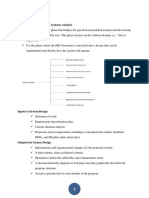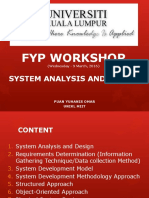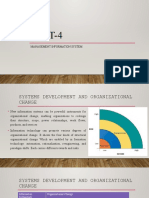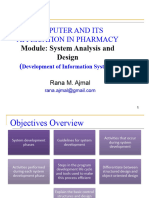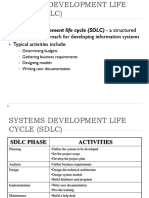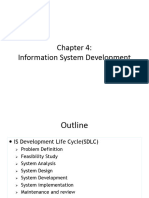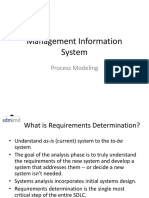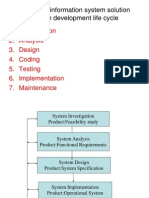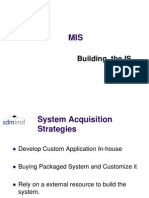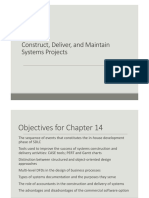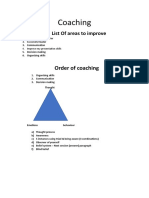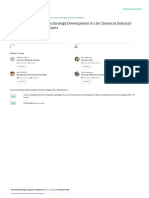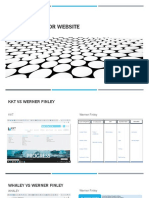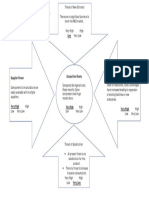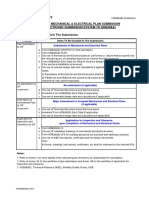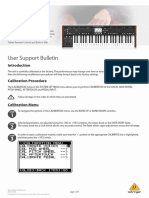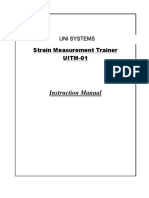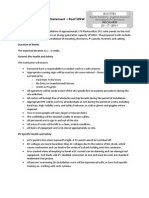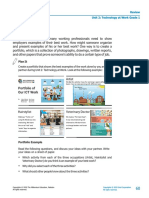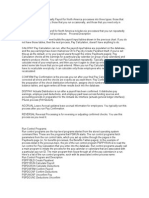0% found this document useful (0 votes)
92 views16 pagesDevelopment of ERP Systems
The document summarizes the key phases and activities involved in developing an ERP system:
1) The system analysis phase involves requirements analysis, specification, feasibility analysis, and diagramming techniques like data flow diagrams.
2) The system design and development phase focuses on detailed design, implementation, and transition planning. It includes functional specifications, database design, and program design.
3) ERP system development follows a top-down approach from context level diagrams to more detailed lower level diagrams. It aims to prioritize activities that are easy and provide early benefits.
Uploaded by
Abhishek ChadagaCopyright
© Attribution Non-Commercial (BY-NC)
We take content rights seriously. If you suspect this is your content, claim it here.
Available Formats
Download as PPS, PDF, TXT or read online on Scribd
0% found this document useful (0 votes)
92 views16 pagesDevelopment of ERP Systems
The document summarizes the key phases and activities involved in developing an ERP system:
1) The system analysis phase involves requirements analysis, specification, feasibility analysis, and diagramming techniques like data flow diagrams.
2) The system design and development phase focuses on detailed design, implementation, and transition planning. It includes functional specifications, database design, and program design.
3) ERP system development follows a top-down approach from context level diagrams to more detailed lower level diagrams. It aims to prioritize activities that are easy and provide early benefits.
Uploaded by
Abhishek ChadagaCopyright
© Attribution Non-Commercial (BY-NC)
We take content rights seriously. If you suspect this is your content, claim it here.
Available Formats
Download as PPS, PDF, TXT or read online on Scribd
/ 16
